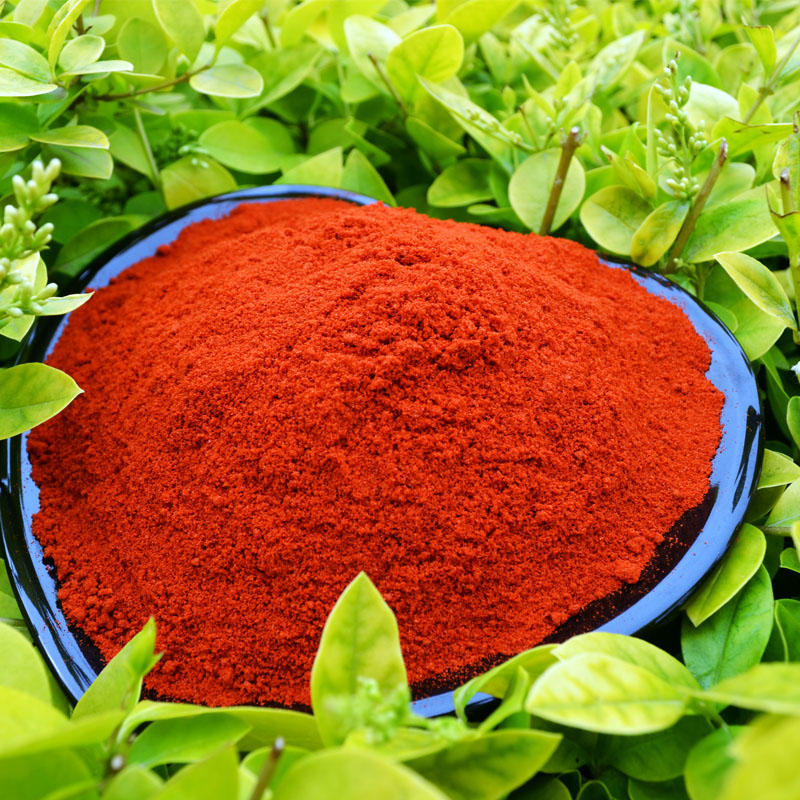- No. 268 Xianghe Street, Economic Development Zone of Xingtai city, Hebei 054001 China
- Byron@hbhongri.cn
Chinese Chilli Powder | Authentic Heat, Freshly Ground
A field note on chinese chilli powder: heat, color, and the real-world specs buyers ask for
I’ve walked processing lines in Hebei in winter, and the smell of fresh-milled capsicum still hangs with me. Actually, the market’s moved on from “just hot” to traceable, consistent, and clean-label. If you’re sourcing chinese chilli powder for soups, tacos, fajitas, curries—or for industrial sauces and meat rubs—you probably care about Scoville stability, ASTA color, and a reliable mesh size. To be honest, those three decide 80% of downstream performance.

Origin and industry snapshot
This batch line I tracked is based at No. 268 Xianghe Street, Economic Development Zone of Xingtai city, Hebei 054001 China. Demand trends? Higher SHU accuracy (blended lots), steam sterilization, and pesticide screening to EU MRLs. Many customers say they’d trade a little heat for a deeper brick-red hue that pops in oil—no surprise for chili con carne, enchiladas, or curry bases that need a visual kick.
Process flow (how it’s actually made)
- Raw materials: Capsicum annuum varieties (de-stemmed, optionally de-seeded)
- Drying: sun/forced-hot-air to moisture ≤12% (AOAC-guided checks)
- Cleaning: aspiration, destoning, magnets
- Milling: hammer/pin mill; target granulations 20–80 mesh
- Sieving and blending: SHU tuning via variety ratio; color tuning via high-ASTA fractions
- Decontamination: steam sterilization (typical 5-log target) and metal detection
- Packing: food-grade poly + woven/Carton, nitrogen flush optional
- QC: HPLC SHU (ASTA 21.3), ASTA color, moisture (AOAC), micro (ISO 4833-1), allergens cross-check

Product specifications (typical)
| Ingredient | 100% Capsicum annuum |
| Heat (SHU) | ≈ 5,000–30,000 (custom blends up to ≈50,000) |
| ASTA Color | ≈ 90–150 (real-world may vary by harvest) |
| Mesh size | 20–80 mesh, granulated or fine powder |
| Moisture | ≤ 12% (typical lot ≈ 8–10%) |
| Micro (post-steam) | TPC per spec; Salmonella/Escherichia coli: absent/25g |
| Packaging | 10 kg cartons / 25 kg bags; inner food-grade liner |
| Shelf life (service life) | 24 months cool, dry, dark; color holds better |
| Certifications | HACCP, ISO 22000; Halal/Kosher on request |
Testing standards referenced: ASTA 21.3 (HPLC for capsaicinoids), AOAC for moisture, ISO 4833-1 for aerobic plate count, plus compliance with GB 2762 (heavy metals) and GB 2763 (pesticide MRLs). In real production, buyers sometimes add EU MRL screening and aflatoxin checks—belt and suspenders, I guess.
Applications and advantages
- Foodservice: soups, tacos, enchiladas, fajitas; quick bloom in hot oil
- Manufacturing: curry bases, chili con carne, snack dusting, meat marinades
- Advantages: consistent SHU, strong red hue, steam-sterilized safety, customizable grind

Vendor comparison (quick reality check)
| Vendor | Traceability | Heat range | Granulation | Lead time |
|---|---|---|---|---|
| Hongri Spice (Hebei) | Farm-to-lot mapping | ≈5k–50k SHU | 20–80 mesh + custom | 10–21 days typical |
| Generic Importer A | Mixed origins | ≈10k–30k SHU | Standard only | 3–6 weeks |
| Broker B | Lot-level only | ≈5k–20k SHU | Limited | Varies |
Customization and real-world cases
Custom SHU (blend), mesh (40 vs 60 for sauce smoothness), oil-bloom enhancement, steam parameters, and private-label packs. One snack client—mid-sized, SE Asia—swapped to chinese chilli powder at 60 mesh and ASTA ≈130; line dusting became more even and they reported 12% less seasoning waste. Another sauce maker, mild profile, went with ≈8,000 SHU and saw fewer customer complaints about “too hot,” surprisingly improving repeat orders.
Compliance, testing, and data points
- HACCP, ISO 22000 food safety systems; Halal/Kosher upon request
- ASTA color and HPLC SHU reports provided with COA
- Micro per ISO methods; pesticides to GB 2763/EU MRL; heavy metals per GB 2762
Bottom line: if your application needs fast oil bloom (think fajitas or curry paste), pick a slightly coarser grind with high-ASTA fractions. If clarity and smoothness matter (thin sauces), go finer mesh, lower SHU. That’s what most production managers end up doing, even if they won’t say it on the record.
References
- ASTA Method 21.3: HPLC Determination of Capsaicinoids
- AOAC Official Methods for Moisture in Spices
- ISO 4833-1: Microbiology of the food chain — Aerobic plate count
- GB 2762-2022: Maximum levels of contaminants in foods (China)
- GB 2763-2021: Maximum residue limits for pesticides in food (China)
- Codex Alimentarius: General Standard for Contaminants and Toxins in Food and Feed
- ISO 22000: Food safety management systems — Requirements
-
Capsicum frutescens oleoresin – High Purity, Food GradeNewsNov.17,2025
-
Capsicum Frutescens Oleoresin – Natural Heat & FlavorNewsNov.17,2025
-
Peppereka Powder – Fresh, Vibrant Color & Sweet AromaNewsNov.17,2025
-
Paprika Oleoresin | Natural Red Color, Heat & Flavor BoostNewsNov.17,2025
-
Pure Turmeric Extract 95% Curcumin | Potent, Lab-TestedNewsNov.17,2025
-
Red Papper Pods – Premium Sun-Dried, Bold Heat & AromaNewsNov.10,2025







